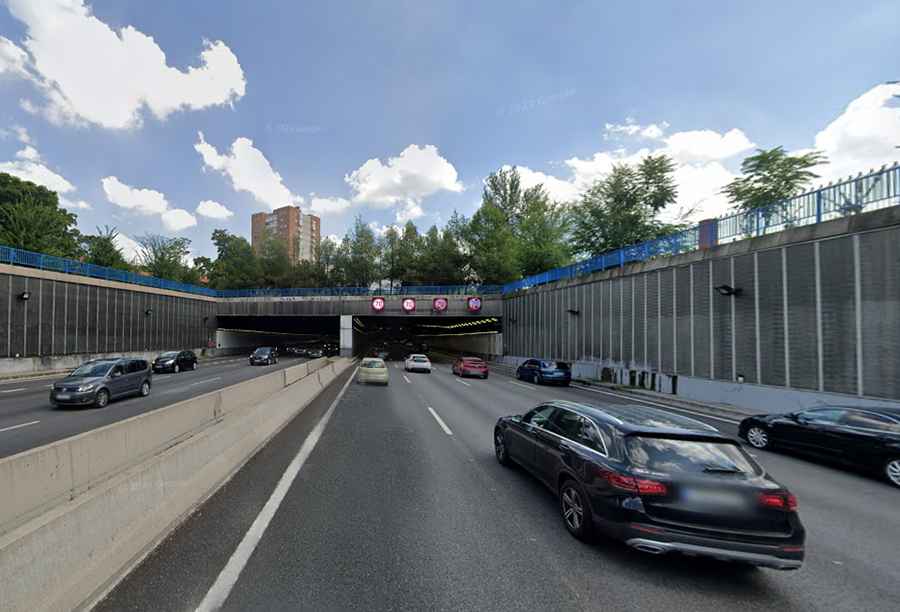These 5 Urban Tunnels in Europe Are the Longest and Most Incredible!
Discover the longest urban tunnels in Europe, from Madrid's M30 Ring Road Tunnels to Moscow's icy Lefortovo Tunnel. Explore the construction, dimensions, and unique features that make these tunnels essential elements of urban mobility

M30 Ring Road Tunnels, Madrid (7.5 km / 4.7 mi)
Constructed to enhance traffic flow, Madrid's M30 Ring Road Tunnels, spanning 7.5 km, were completed in 2007. The tunnels significantly expanded the city's traffic capacity, accommodating a large volume of vehicles daily.
Blanka Tunnel Complex, Prague (5.5 km / 3.4 mi)
Prague's Blanka Tunnel Complex, measuring 5.5 km, was opened to the public in 2015. Built to alleviate traffic congestion, the complex consists of multiple tunnels and interchanges, effectively increasing the overall capacity of Prague's road network.
Södra Länken, Stockholm (4.7 km / 2.9 mi)
Completed in 2004, Stockholm's Södra Länken tunnel system spans 4.7 km. Integral to the city's infrastructure, the tunnel, with multiple lanes, contributes significantly to the efficient movement of vehicles within Stockholm.
Dublin Port Tunnel (4.5 km / 2.8 mi)
Dublin's Port Tunnel, measuring 4.5 km, opened in 2006, enhancing connectivity between the city center and the port. Crucial for transporting goods, the tunnel reduces congestion on surface roads.
Lefortovo Tunnel, Moscow (3.2 km / 2.0 mi)
Moscow's Lefortovo Tunnel, the fifth longest urban tunnel in Europe at 3.2 km, opened in 2003. Despite its relatively shorter length, the tunnel has gained notoriety due to challenging icy conditions during Moscow's harsh winters. Nicknamed 'The Tunnel of Death,' it has a high accident rate attributed to slippery conditions.